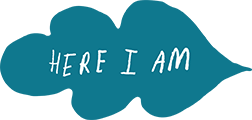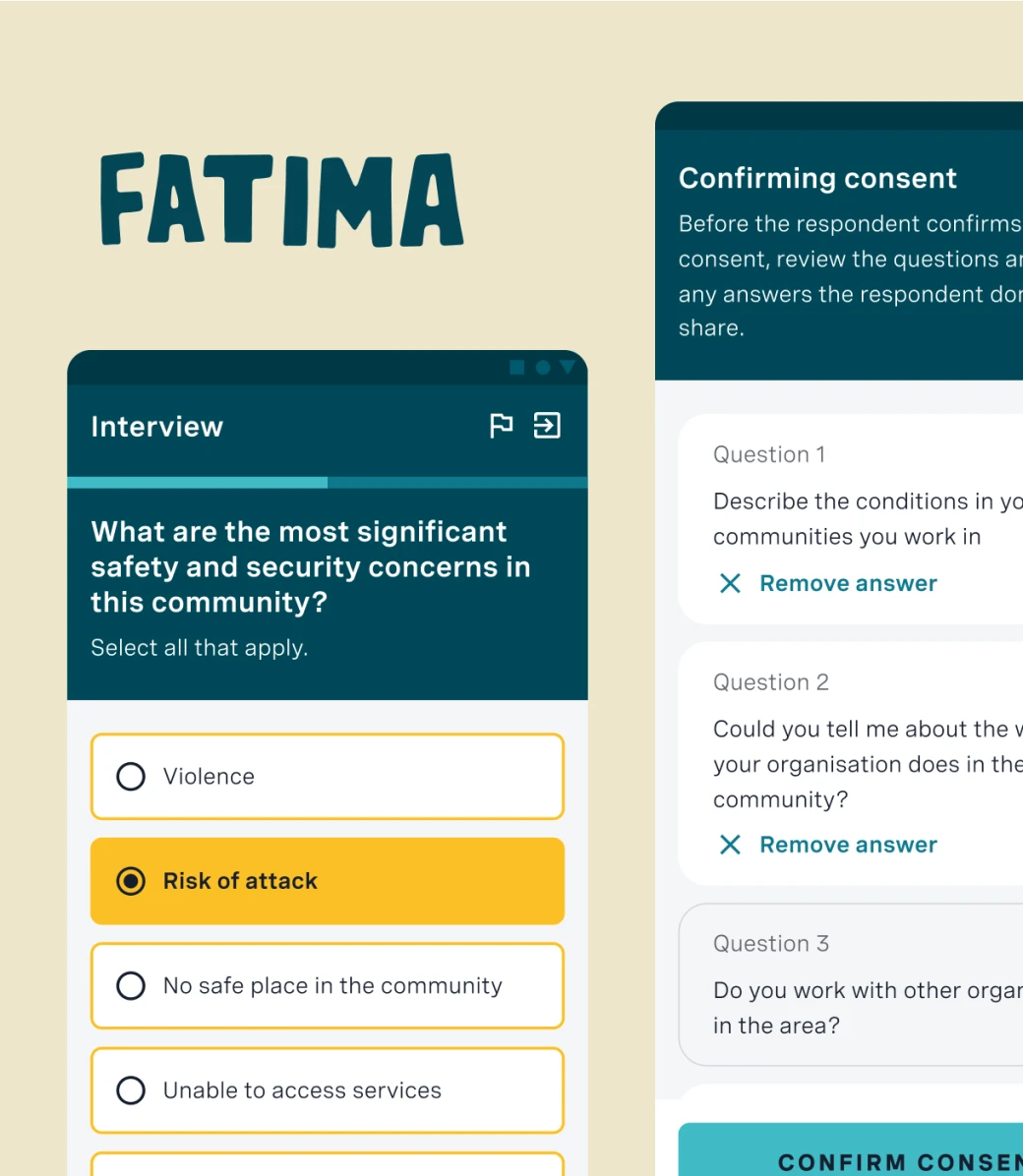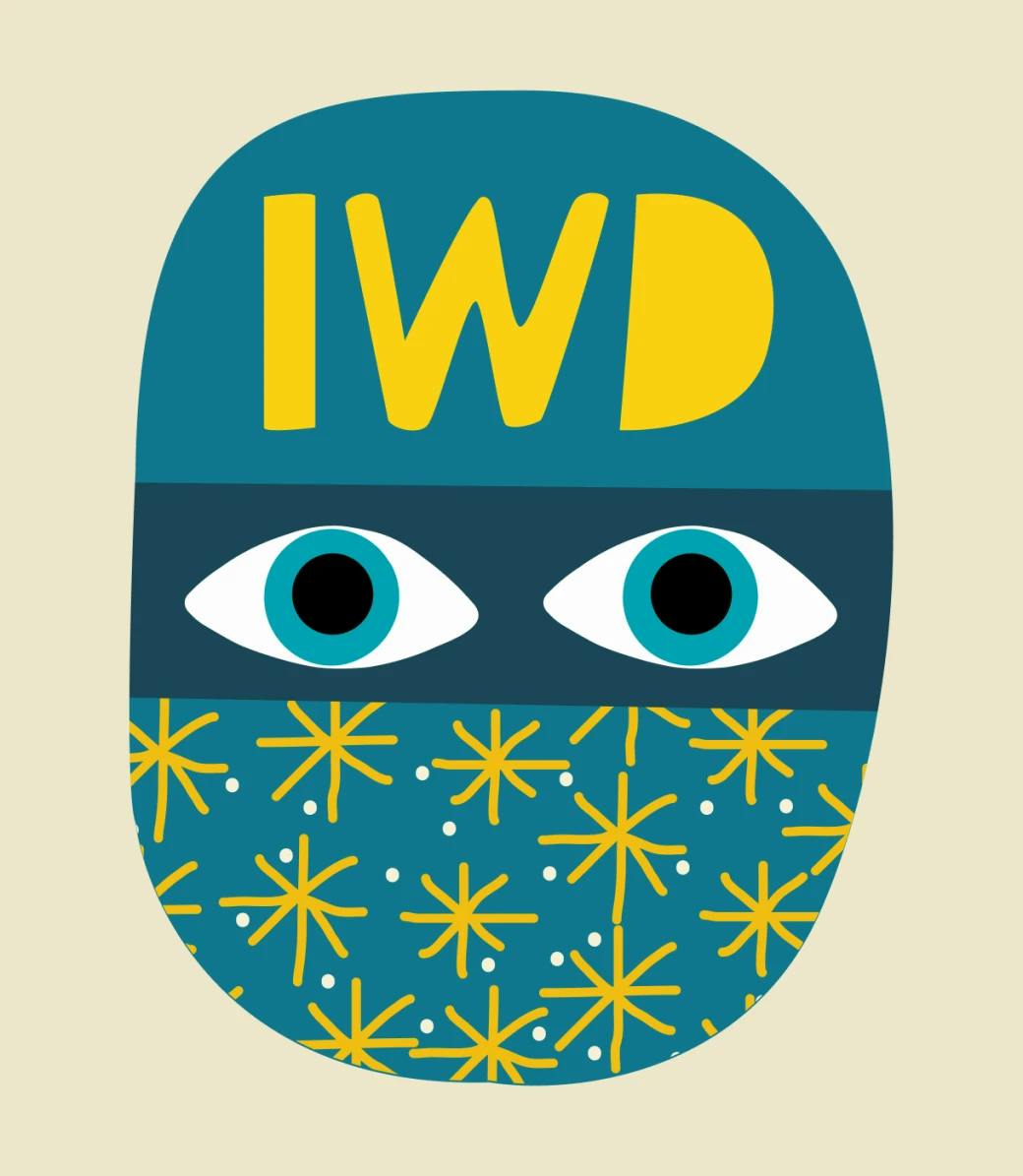How to run an inclusive virtual workshop
At Here I Am we take a human-centred design approach to our work, which means being driven by the needs and experiences of the target audience group. At the heart of that approach, in all shapes and sizes, are our best-in-class, inclusive workshops.
In this blog post, we'll share four key principles to running a virtual workshop that leaves no one behind.
Virtual workshops now reach the most remote communities
The COVID-19 pandemic forced organisations around the world to quickly adapt to a new virtual way of working, in some cases for the first time. It was the largest work-from-home shift ever. Video conferencing usage has since increased by 500%, and the pandemic saw 30% of organisations start hosting virtual meetings for the very first time. Participants are now joining virtual workshops from the most remote places in the world.
But, of course, many of the participants are still adjusting to this new way of working. Often their digital literacy remains limited and their connectivity is intermittent. Their devices may not be fit for purpose and they may struggle to find somewhere quiet to join the session from. Varying cultural backgrounds may also affect their confidence to speak up.
At Here I Am, we have been hosting virtual workshops since long before the pandemic and we have a wealth of experience in how to ensure every participant feels included. We are proud to host, design and facilitate workshops that target the hardest to reach, least digitally-connected individuals. Our workshop participants join us from far and wide and this month alone we’ve hosted participants everywhere from Afghanistan to Yemen. Our sessions are simultaneously translated, so that participants can join in a range of languages, and scheduled considerately to accommodate individuals’ time zones.
We believe there are four key areas to pay particular attention to, from support to end-of-session reflection. Read on for all our top tips.
4 virtual workshop principles, to leave no-one behind
1. Easily-accessible support, pre, during and post workshop
Support participants to overcome any barriers early, which ensures that you can provide them with the most streamlined, rich and interactive experience.
The Here I Am approach:
a) Pre-workshop survey and one-on-one interviews
Engage with participants ahead of time to understand language requirements, digital literacy, and connectivity. Use a survey to provide initial insight, then follow up with one-on-one interviews, to address any barriers that emerge through the survey and provide personalised support.
UNHCR case study: Here I Am recently partnered with UNHCR to host a four-day bootcamp for refugee-led, community based organisations, focused on tackling digital gender inclusion and innovation for forcibly displaced women and girls. More than half of participating organisations cited challenges in digital literacy in response to our initial pre-bootcamp survey. As such we focused the pre-bootcamp interviews on practising with the workshop tools, guiding them through a practice Miro exercise, to ensure they were able to confidently participate.
b) Dedicated technical facilitator
Assign a team member solely responsible for providing technical assistance to swiftly resolve any participant issues during the session. This enables rapid resolution for the individual, without interrupting the session.
CARE International case study: Here I Am recently ran a week-long virtual design sprint for Care International, that was focused on how we might digitise their Climate Vulnerability and Capacity Assessment (CVCA) process. A design sprint is fast-paced and includes a series of virtual workshops and to accommodate someone that was unable to attend the workshop in full, we followed up with a short Loom recording, summarising the session and ensuring that they were fully briefed for the following day. This allowed us to ensure all participants were up to speed, whilst maintaining momentum towards our ambitious sprint goal.
c) Slack support channel
Create a Slack channel to offer continuous support and foster a sense of camaraderie among participants. Often our workshops sessions have activities that take place outside of the central virtual workshop, therefore a Slack channel can ensure that all participants and facilitators remain connected.
d) A well defined work board
Most of our virtual workshops are conducted via Zoom, with an interactive whiteboard tool such as Figjam or Miro to capture the activities. Many participants have never used these types of tools before, so it’s critical that the instructions and design of each activity is simple and clear. We ensure that only one exercise is visible at time and use bold arrows to indicate where to start. Interactions are limited to writing into post it notes, or adding emojis. Their ease of participation is critical, so we have to make sure that the tools that we provide don’t stand in their way.
2. Environment: Creating a safe space to innovate
Innovation does not happen in an environment where people are scared to make mistakes, quite the opposite, so we work hard to foster an environment where participants feel open to share ideas, free from judgement.
The Here I Am approach:
a) Setting the tone with session principles
Virtual or otherwise, we always begin our workshops with a set of principles to guide participation. The principles themselves vary depending on the context and sensitivity of the subject area, but we believe it’s important to set the tone for the session collectively up front in order for participants, from all cultural backgrounds, to feel safe to speak up.
For our recent bootcamp with UNHCR, we opened with the following principles;
- Listen - Everyone’s opinion is equal, let’s make sure everyone is heard
- Support - Approach feedback and discussion with support and kindness
- Build - Think about ways to improve each others ideas, iterate together
- Mess up - Feel safe to make mistakes, ask silly questions and share bad ideas without judgement
b) Gently encouraging participation
At the heart of a vibrant and successful workshop is wealthy interaction from participants. However it’s not uncommon for a facilitator to pose a question to the group and be faced with a wall of silence. Once again, this is even more acute when those participants have low confidence in the virtual environment, so it’s important to find different avenues to encourage discussion.
We take a tiered approach. Rather than just asking the group to unmute and voice their opinions, instead we invite them to use emojis to react, or to write their thoughts into the Zoom chat first. We can then observe responses and invite open discussion. This approach can feel much less intimidating and we therefore see much greater engagement.
Fatima case study: We used the emoji approach in a recent training workshop for our ethical research tool Fatima. Participants were Sudanese, Arabic speaking female enumerators. To ensure ideas and instructions were clear, we asked them to use the ‘thumbs up’ emoji to confirm they had understood. This then allowed us to open a discussion with anyone who hadn’t responded, which was a more gentle alternative to simply asking ‘any questions?.’
c) Breakout groups
Facilitate smaller groups to allow participants with lower confidence levels to interact more comfortably. For multi-day sessions we tend to keep groups consistent so that the comfort level of the participants grows each day, as they get to know the other group members.
3. Time: Allocating extra time for unexpected needs
Resist the temptation to compress timings and instead allow ample time for a smooth and stress-free experience.
It is always better to cover less, at a comfortable speed, than to rush people through a tight schedule. This is never more true than when there are barriers such as digital literacy, connectivity and language may already cause participants to feel overwhelmed.
We recommend that you allow time in your agenda for:
- Generous ice breakers: If participants feel relaxed and comfortable from the offset, their engagement and involvement will be much greater.
- Interpretation: Remind speakers to slow down ahead of every presentation and build ample time for discussion, so that participants on all language channels can be central to the conversation.
- Technical difficulties: These are hard to foresee, but having extra time allowance will avoid them disrupting the flow. It’s also a good idea to record sessions, assuming participants consent to it, as this allows them to refer back to the content if their connection is disrupted.
- Participation: Ensure there is time for participation, for those who are less familiar with the format and tools. Remember, they might want to speak, but are searching for the un-mute button.
- Ample breaks: Virtual workshops are tiring so we recommend a break every 1-1.5hours. Remember that participants have various demands on their time outside of their control, such as childcare or deliveries. Give them the opportunity to pause and focus on those things to avoid distraction and maximise comfort during the sessions.
4. Reflect: Learning from Experience
Emphasise reflection as an integral part of the workshop agenda to gain valuable insights and foster continuous learning.
The Here I Am approach:
a) Dedicated reflection session
Irrespective of the length of workshop, we would always recommend blocking out time at the end of the agenda for participants to share their experiences and highlight any unaddressed topics. For workshops spanning more than one day, we’d recommend that this repeats at the end of every day.
b) Experimentation
We also encourage reflection in the form of experimentation. Building practical exercises to build on the session ideas can be a great way to bring thinking and learning to life.
A training framework that we adopt is Learn > Do > Reflect. Where Learn is a collective virtual workshop, Do is practical experimentation on the learnings, and then the day closes with Reflect. This was the approach we took for the aforementioned UNHCR bootcamp and the format was incredibly successful.
This experience has been truly transformative for our organization. We are inspired and motivated by the remarkable community-based, refugee-led, and women-led organizations that came together to bridge the Digital Gender Divide for displaced women and girls. The bootcamp provided us with a unique opportunity to amplify our impact and equip ourselves with the necessary skills to build inclusive and innovative solutions. The guidance and support from experienced mentors have been invaluable in helping us turn our visions into reality. Moreover, connecting with like-minded peers has created a strong sense of camaraderie and passion for driving change and creating a better future for women and girls through peer-to-peer learning.
Festo Nduwayezu, Let’s Help International
c) Follow up survey
It’s important to gauge the experience from the participants. We always follow up these types of sessions with a feedback survey as soon as possible, to understand what worked well and what could be improved.
Finally, the most important thing to remember, is to expect the unexpected.
At Here I Am we are rigorous and relentless in our preparation for any kind of workshop, but we also prepare ourselves to pivot at any moment. Working in imperfect contexts like we do, we have to be ready to adapt the plan for the best experience of our workshop participants. Being adaptive to their needs is the only way to ensure that no one gets left behind.
Inspired by this post?
We love to share perspectives, thoughts and ideas on creating digital ways to include the excluded. If you have a problem you'd like to discuss, we'd love to hear from you.




